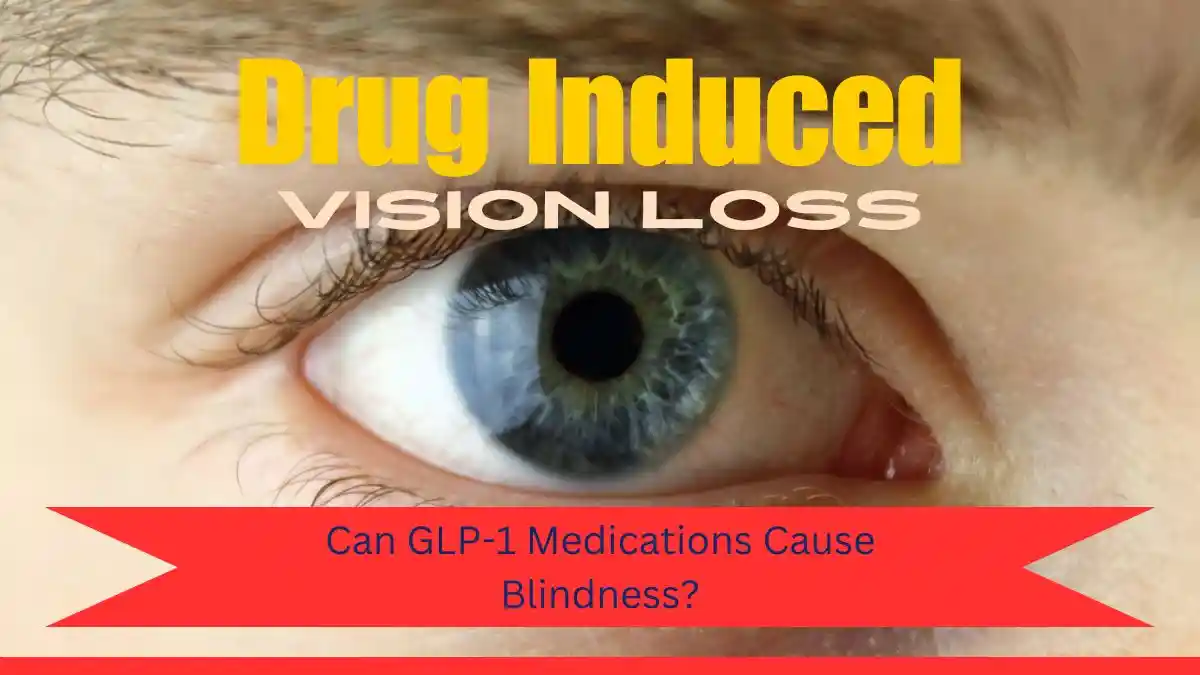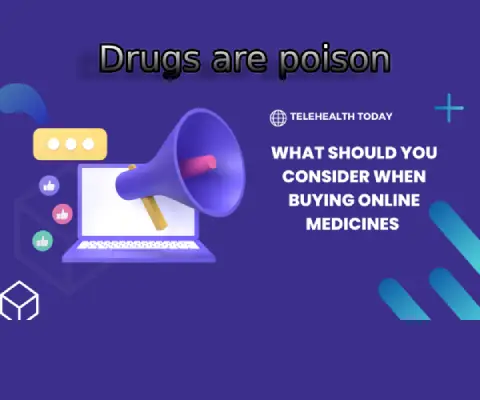Vision loss and GLP-1 Medications: A Growing Concern Amid Rising Popularity
A small but notable percentage of patients taking the widely popular GLP-1 medications, such as semaglutide and tirzepatide, have experienced vision problems, including partial or permanent vision loss. However, a direct causal link between these drugs and ocular complications has not yet been definitively established.

This is the conclusion of a retrospective study published on January 30 in JAMA Ophthalmology, which highlights the need for further investigation into the potential risks associated with these medications. The study, led by researchers at the University of Utah Health and the University at Buffalo, focused on nine patients who developed vision problems while using GLP-1 drugs.
These cases add to a growing body of evidence documenting ocular complications in patients taking these medications, which are primarily prescribed for diabetes and obesity management. Among the reported conditions is nonarteritic anterior ischemic optic neuropathy (NAION), a serious condition that occurs when blood flow to the optic nerve is disrupted, leading to sudden, often permanent vision loss.
The Trigger for the Study
The study was prompted by a case encountered by senior author Dr. Bradley J. Katz, a neuro-ophthalmologist at the John A. Moran Eye Center at the University of Utah. One of his patients experienced sudden vision loss after starting semaglutide.
Although the patient temporarily stopped the medication, the vision loss recurred in the other eye when the drug was reintroduced. This alarming pattern led Dr. Katz to seek input from colleagues nationwide through a neuro-ophthalmology listserv, resulting in the identification of eight additional cases.
Key Findings
The nine cases described in the study revealed a range of vision-related issues:
- Seven patients presented with NAION-like symptoms.
- One patient had papillitis, an inflammation of the optic nerve head.
- One patient developed paracentral acute middle maculopathy, which can cause blind spots in vision.
Notably, some patients exhibited atypical symptoms. For instance, while NAION typically affects one eye at a time, some patients experienced simultaneous vision loss in both eyes. This unusual presentation raises questions about whether GLP-1 medications could be contributing to these complications.
Comorbidities and Risk Factors
The patients in the study were all in their 50s and 60s and had underlying conditions such as diabetes, obesity, and cardiovascular disease. These comorbidities are known risk factors for diabetic retinopathy and other vision problems, complicating the task of determining whether the drugs themselves are responsible for the observed ocular complications.
Dr. Norah S. Lincoff, a co-author of the study and professor of neurology at the University at Buffalo, emphasized that rapid reductions in blood glucose levels—a primary goal of GLP-1 medications—could potentially increase the risk of ischemic optic nerve damage.
“Fluctuations in blood sugar are known to temporarily affect vision in diabetic patients, even in those not taking these drugs,” she explained. “But we need to investigate whether these medications are exacerbating the risk of permanent vision loss.”
A Call for Caution and Further Research
The authors stress that while reports of vision problems among GLP-1 users remain rare, the skyrocketing demand for these drugs makes the issue particularly concerning. A 2024 study found that 12% of the U.S. population has used GLP-1 medications at some point, with approximately 6% currently taking them. Given their widespread use, even a small increase in risk could have significant public health implications.
Dr. Lincoff advises patients and healthcare providers to remain vigilant. “If a patient on one of these medications experiences blurring or vision loss, they should see an ophthalmologist immediately,” she said. “It could be a fluctuation in glucose levels, or it could be something more serious, like NAION.”
However, she also cautions against abruptly discontinuing the medications without medical advice. “These drugs provide well-documented benefits for diabetes and weight management,” she noted. “If vision problems arise, patients should consult their internist about adjusting the dosage or exploring alternative treatments.”
Moving Forward
The study authors, in collaboration with the American Academy of Ophthalmology, are advocating for a post-marketing survey to better assess the prevalence of ocular complications among GLP-1 users. Such efforts could help clarify whether these medications are directly linked to vision problems and inform potential updates to drug labeling or prescribing guidelines.
Conclusion
While GLP-1 medications have revolutionized the treatment of diabetes and obesity, the potential risk of vision loss underscores the importance of ongoing monitoring and research. Patients and healthcare providers must balance the significant benefits of these drugs with the need to address emerging safety concerns. As the scientific community continues to investigate, the message is clear: vigilance and prompt action are essential to safeguarding patient health







